Sapota, also called chikoo, is a soft, tasty, pulpy, and easy-to-chew fruit that everyone loves. A fruit that tastes good and is full of vitamins and nutrients like Vitamin A, Vitamin C, calcium, and iron. Chiku is a grey-brown fruit with a sweet taste and a grainy texture. The smooth skin on the outside can be eaten. There are three to five small black bean-shaped seeds in the pulp. The ripe fruit can be eaten, but the unripe fruit is hard and has a white pulp because it is full of latex.
Table of Contents
What is sapota?
Sapota is a brown-skinned fruit that is round or oval. Its young fruit has white pulp and a hard surface because it has a lot of latex in it. As a fruit ripens, the amount of latex in it goes down. Also, the flesh starts to look brown. In the middle of the sapota's flesh are black, shiny seeds that look like beans.
Origin and availability:
It was first found in the rain forests of Mexico and Belize in Central America, but it is now available in India as well. Karnataka, Gujarat, Maharashtra, Tamil Nadu, Andhra Pradesh, and West Bengal are the other Indian states that grow the most sapodilla.
Is sapota good for diabetics?
Fruits are rich in vital nutrients like fibre. People eat fruit as a snack and as a healthy part of a well-balanced diet. Still, there are a few fruits that have a lot of sugar. And this could cause the blood sugar level to rise. "Sapota" or "chikoo" is one of these high-sugar fruits. People with diabetes should keep a close eye on how much sugar they eat. This helps stop these spikes in blood sugar.
Nutritional value of sapota:
Sapota has a lot of calories. It has 80 calories per 100 grams and a lot of vitamins and fibres. The fruit has a lot of vitamins A and C in it. Sapota helps your immune system and skin stay healthy. It is packed with tannins (a polyphenol compound). This substance can kill bacteria, stop viruses from spreading, and reduce inflammation. Also, sapota has important nutrients like sodium, iron, magnesium, phosphorus, and so on.
Health benefits of sapota:
1. Anti-Inflammatory
Sapota and the chemicals that come from it help to reduce inflammation. This gives the fruit a lot of good things for your health. Chikoo helps to calm inflammation in the digestive tract and keeps the body from getting digestive problems. Some of these stomach problems are gastritis, IBS, and enteritis. Foods that reduce inflammation can also help with inflammatory diseases like joint pain and inflammation. Also, inflammation is linked to health problems like diabetes, heart disease, cancer, and being overweight. Adding sapota or other foods that fight inflammation to your diet will improve your health.
2. Sapota makes hair healthy
Chikoo has important nutrients that are needed for healthy hair. Do you know, though, that sapota seed oil is better for hair health than the fruit itself?
The oil from sapota seeds helps to soften and moisturise dry hair. When a person can't tame their curly hair, the oil helps. Seborrheic dermatitis and other itchy skin conditions can be helped by sapota oil. Also, it helps hair grow in a healthy way.
People grind the sapota seeds to make a paste that works best. Mix it with castor oil after that. People put this mixture on their scalps and then wash it off the next day.
3. Sapota is good for lowering blood pressure
Sapota has two minerals that are important for a healthy blood pressure. Potassium and magnesium are the other two. Magnesium helps the blood vessels open up and get bigger. This makes it easy for blood to get to all parts of the body. Potassium helps get rid of sodium from the body. The more potassium there is in the body, the more sodium is flushed out through urine.
High blood pressure and the amount of sodium in the body are very closely linked. In fact, one way to treat high blood pressure is to eat less salt, which contains sodium. Foods like sapota that are high in potassium and magnesium may change blood pressure.
4. Sapota Skin Benefits
Sapota contains multiple vitamins, minerals, antioxidants, and dietary fibres. All of these things make this fruit one of the best fruits for keeping your skin healthy and glowing.
Vitamin E in sapota moisturises a person's skin. Because of this, it gives you healthy, shiny skin. Also, sapota is full of antioxidants, which help keep you from getting old. It works by killing the free radicals in your body that speed up the ageing process.
The oil in the kernels of sapota seeds can help reduce skin inflammation and other painful skin problems. People with painful skin diseases can use this oil as a dressing.
5. Sapota is good for the digestive system
Sapota has a lot of fibres and compounds that are good for you (tannins). It stops acids from being made in the gut. So, treating the signs of hyperacidity is helpful. Also, sapota is a great laxative that helps people who are constipated. It also cuts down on intestinal infections.
6. Good for expecting mothers
important vitamins and minerals. Sapota is good for women who are pregnant. It helps reduce pregnancy symptoms like tiredness, nausea, and sleepiness.
7. Sapota is good for people with cancer
Sapota has a lot of antioxidants in it. Several types of cancer are less likely to happen if you eat this fruit. It has a good amount of vitamins A and B in it. And this is good for keeping the mucus linings in the body healthy. This, in turn, helps lower the chance of getting lung and mouth cancer. Also, chikoo has fibres that are good for you. And fibres help keep your bowel movements regular and healthy. This is very important if you want to stop colon cancer from starting.
8. Sapota helps bones in a good way
The sapota is a tasty fruit that is full of iron, calcium, and phosphorus. And this helps keep the bones strong. If a person regularly ate sapota, he or she might not need to take supplements as they got older. Minerals in sapota that are important to the body may help with things like bone growth.
Selecting and storing sapota:
Sapota can be bought at any time of the year. Sapota that is full grown looks brown. And it's easy to pull off the stem without letting the latex out. To find out if a sapota is ready, scratch the fruit to see if the skin is still green.
A person must buy fruit with a skin that is smooth and whole. The fruit can't have any wrinkles, cuts, or bumps. When the fruit is ready, it makes a soft pressure with the thumb. The mature but unripe sapota should be kept at room temperature for 6–10 days to ripen. And it's safe to keep hard, ripe sapotas in the fridge for a few days at home.

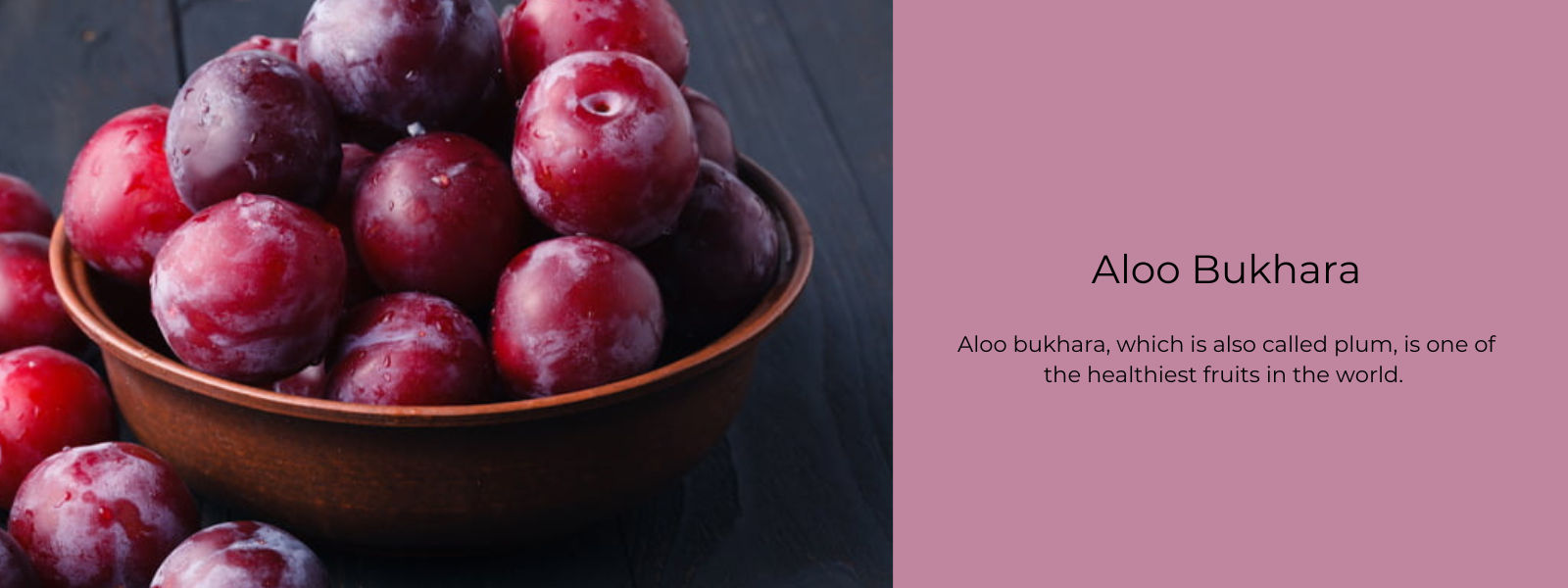
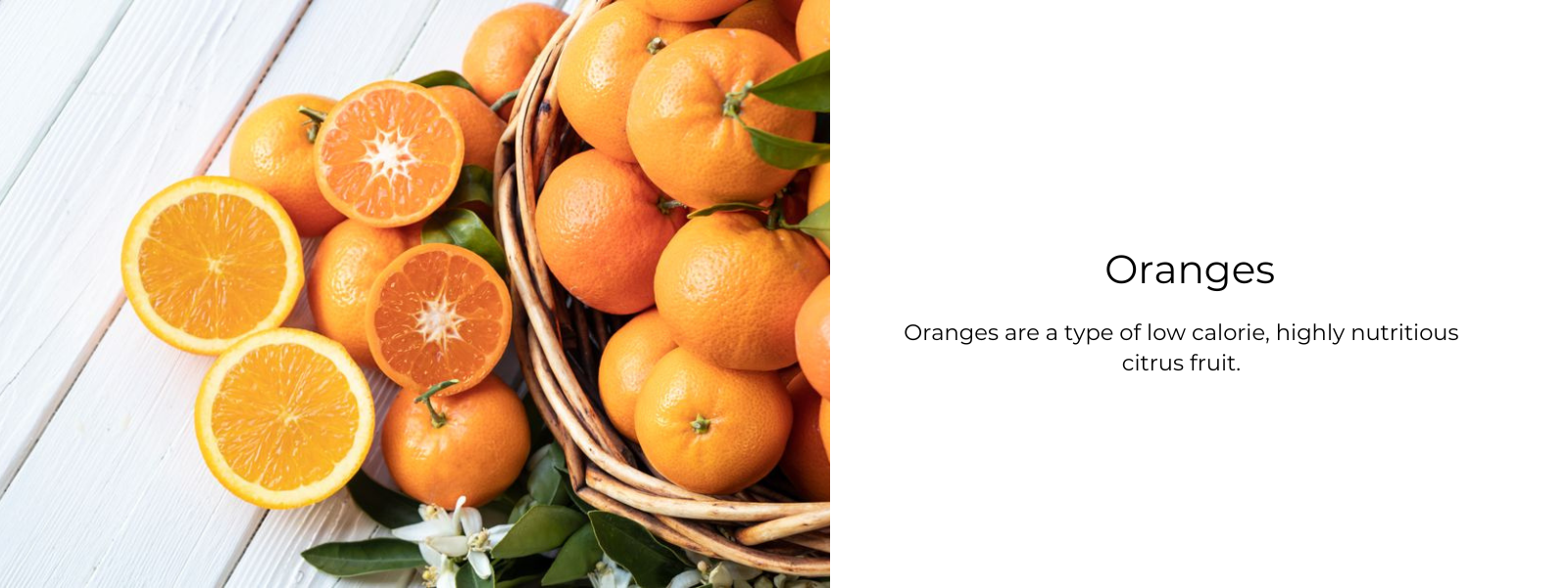
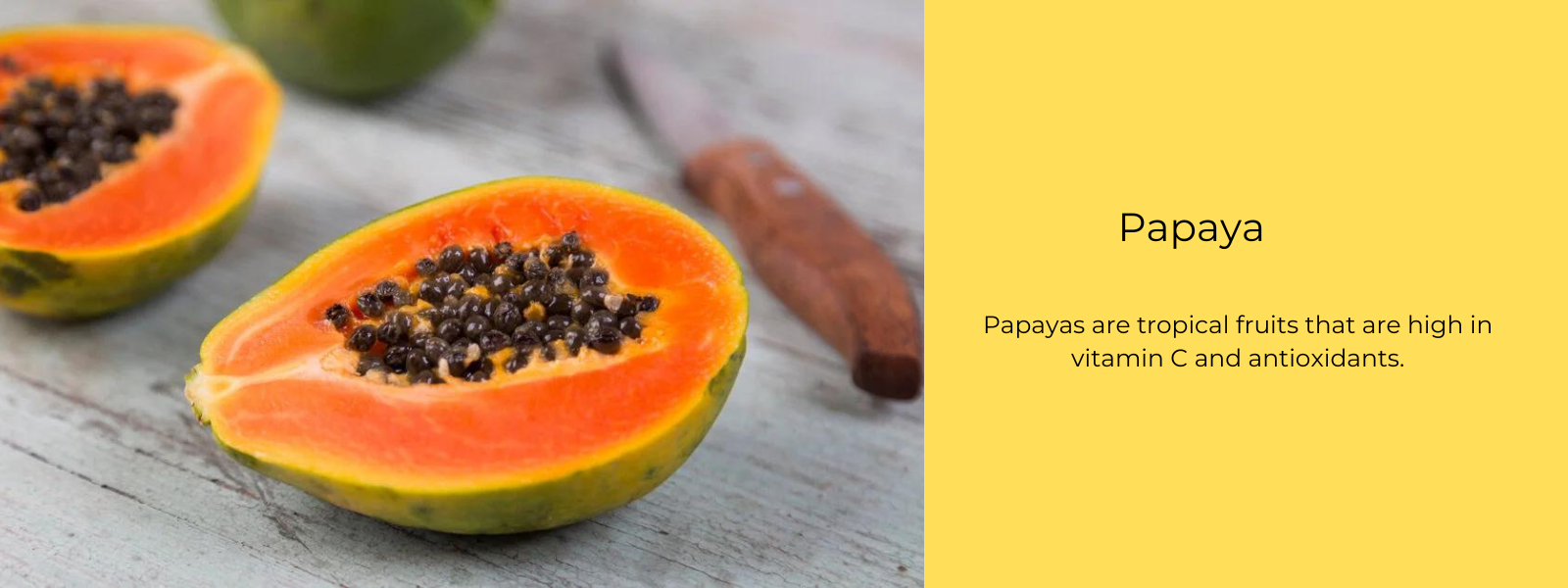
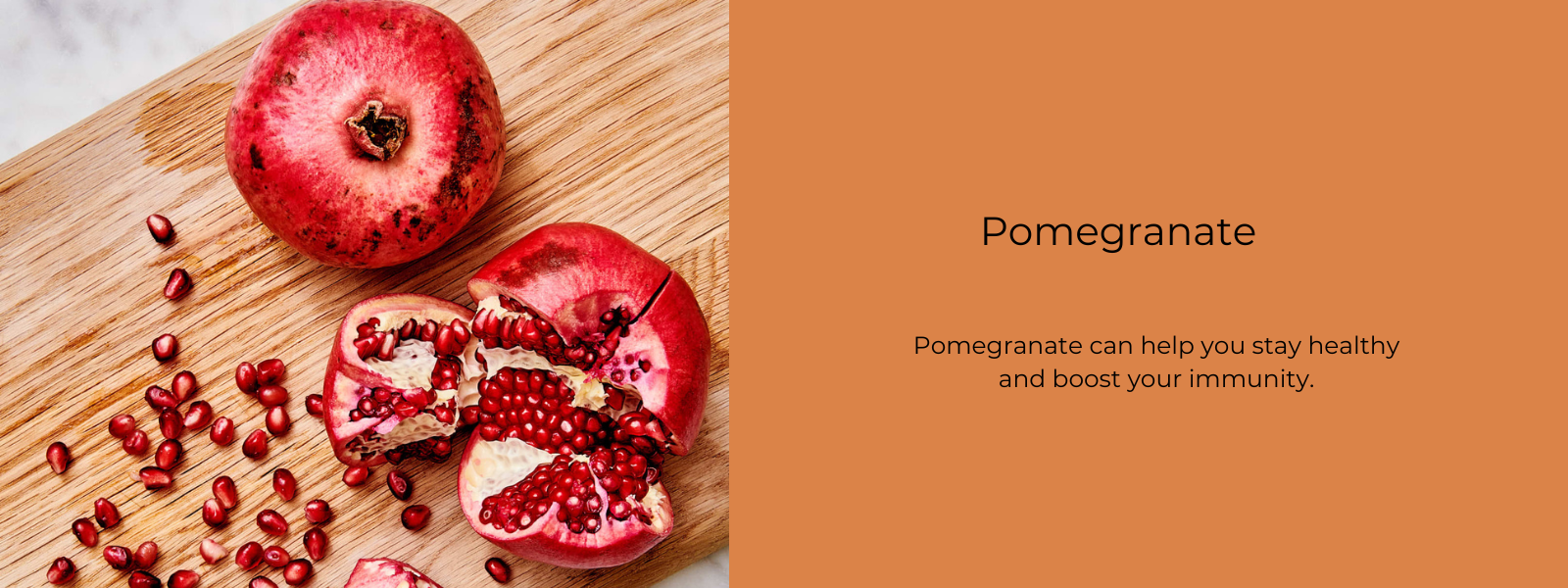
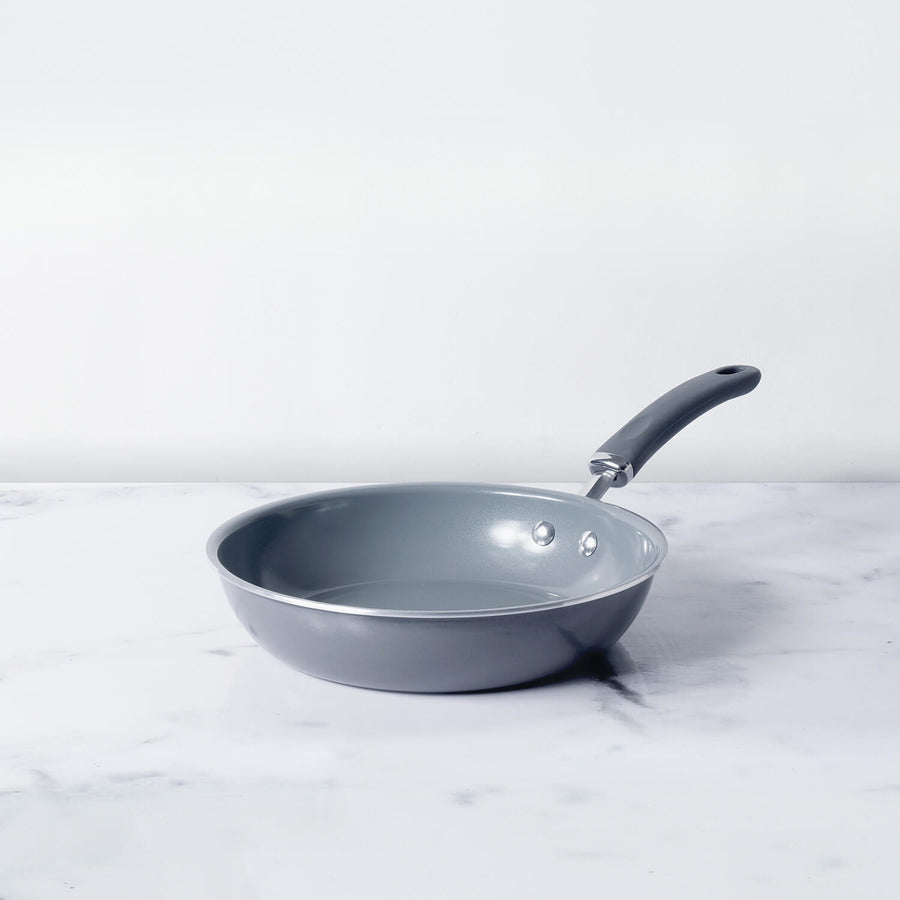
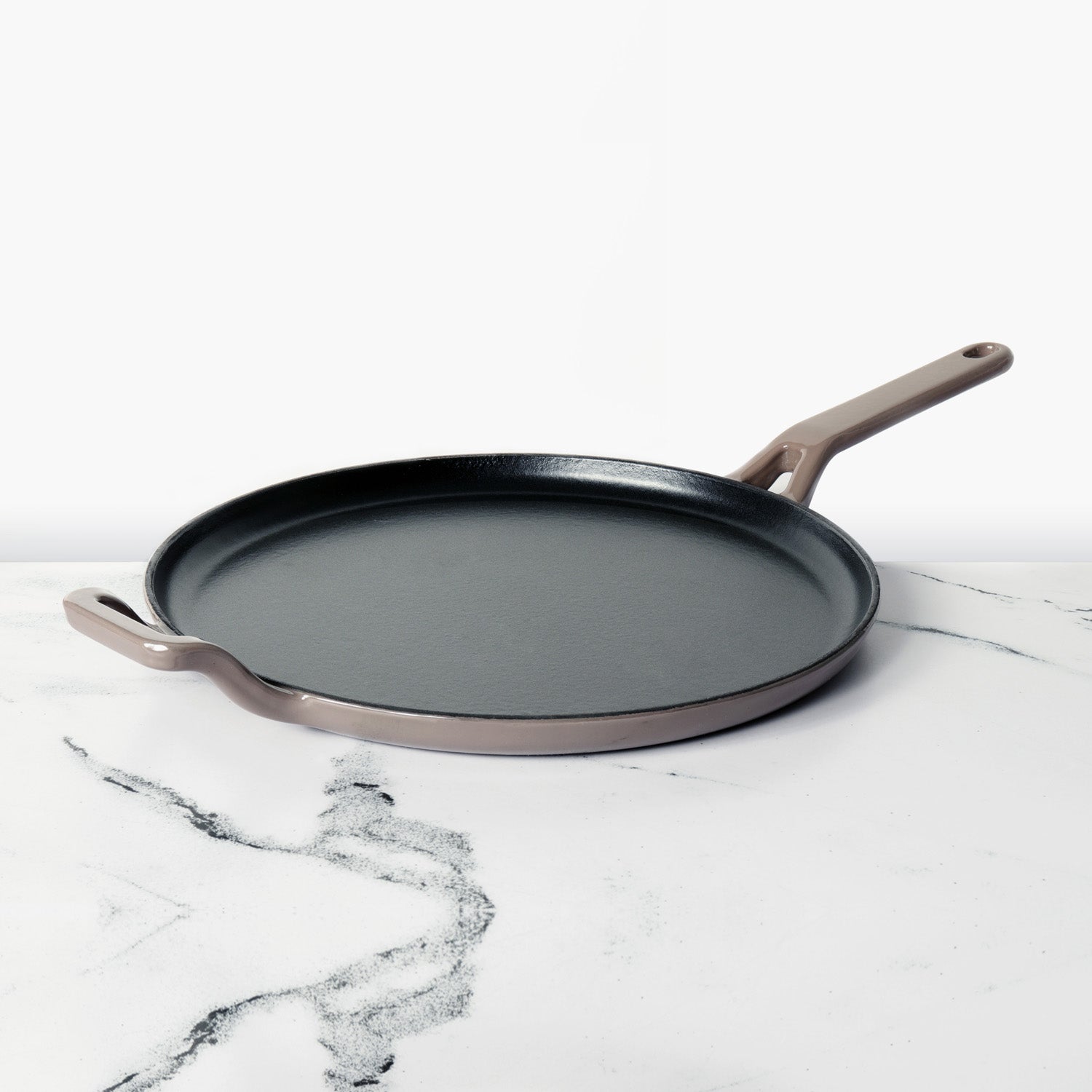




Leave a comment